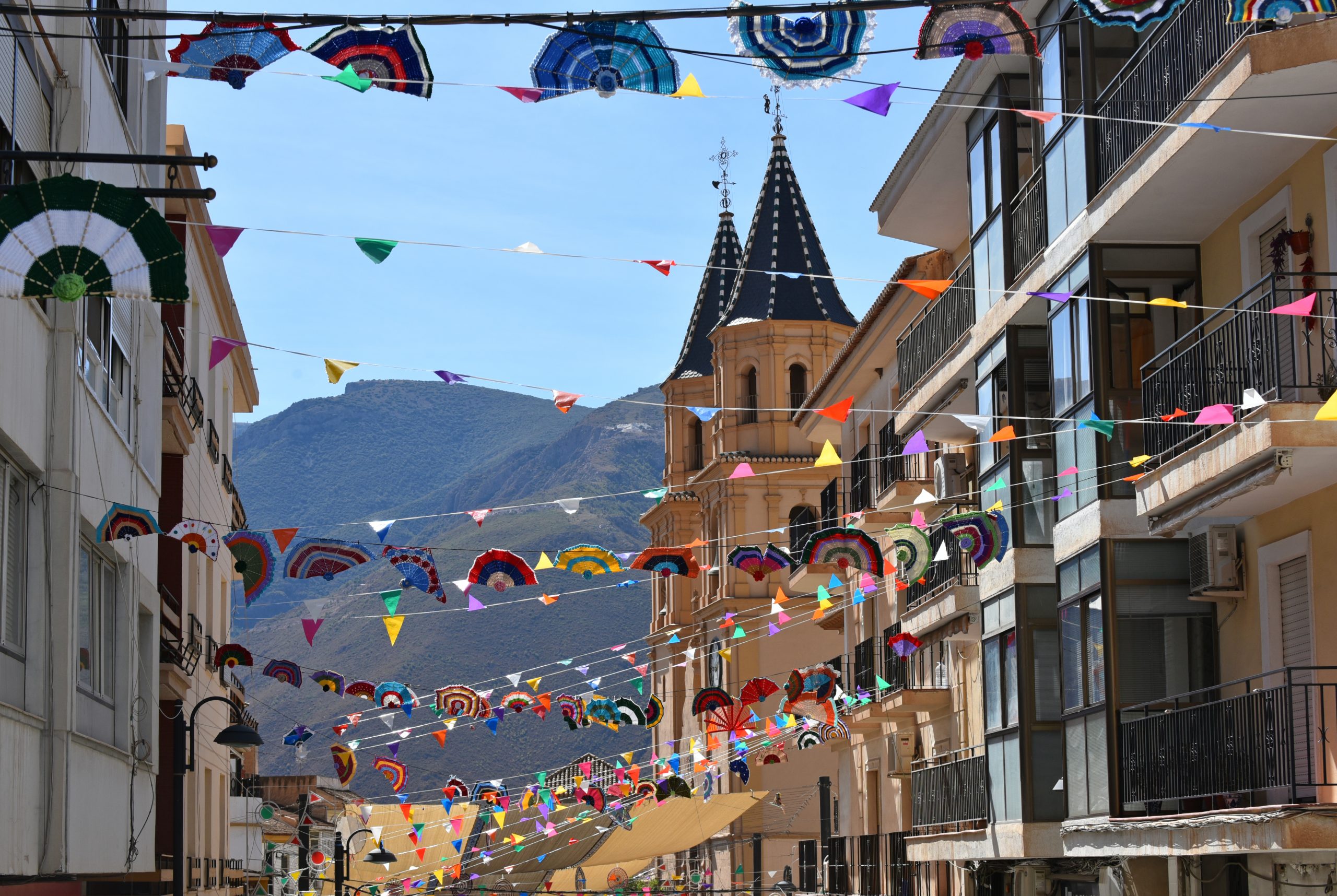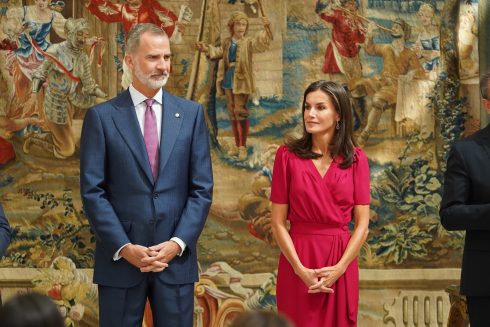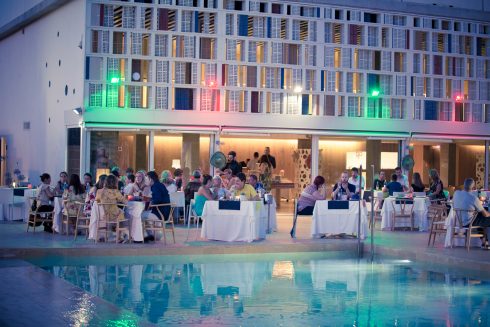ONE of the biggest autumn celebrations in La Alpujarra region of Granada, the Orgiva feria takes place annually around the day of Saint Michael – or Michelmas – which falls on 29 September.
It was a colourful spectacle, involving everyone from the town elders, with their ‘charanga’ music and sedate ‘cervezas’ in the municipal tent, to the older teens enjoying the fairground rides and reggaeton DJs until the early hours.
Rebecca Vilchez, from Orgiva town hall, told the Olive Press that the feria started about 60 years ago as a farming event, with the sale of livestock, including horses and mules, as well as sheep and goats. She says: “The young people today aren’t aware of all the traditions, but my mother is 82 and knows the history, so I was brought up with it.”
Now, the feria is based more on dressing up and showing out. The “hueveros” (Órgivans) come out in force during the daytime to celebrate in the town’s many bars and terraces. The firework display on the first night lit up the night sky and went off with a real bang. Nearby, popular band, Wazifa, was packing out a pizza restaurant. Other highlights included a flamenco dress contest and a procession of floats through the main streets, as well as a less glamorous 4×4 contest in the local ‘campo’.
This year’s feria also featured an awards ceremony, to recognise residents who have made a remarkable contribution to the area. The town hall fed 530 older people (and some younger ones masquerading as old!) on the first day – and, in true Alpujarran style, plied them with beers.
Andy Bailey, author of the book, ‘A Chancer’s Guide to Orgiva’, received an award for his efforts to promote the town. Since coming here, he has studied the local traditions in detail. He said “The whole fiesta is based around Michaelmas – a Christian festival that is observed in Western liturgical calendars. It’s one of the four quarter days of the judicial and academic year. It’s also when rent is normally paid, and new tenancies start for farms.”
He adds: “I love the fireworks and that everyone is out on the street in the bars.”
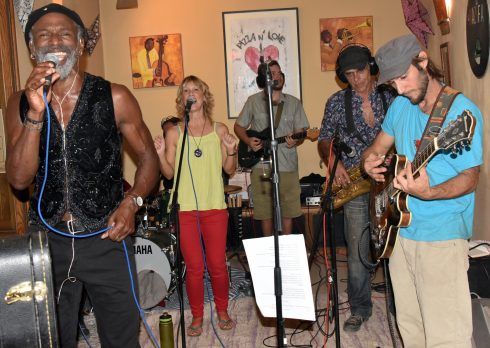
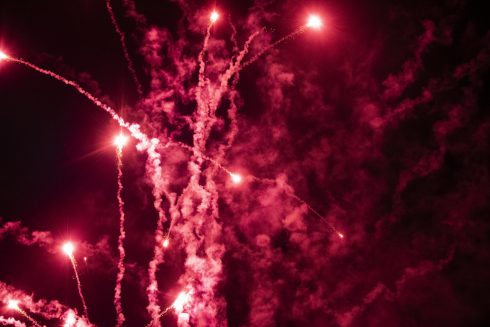
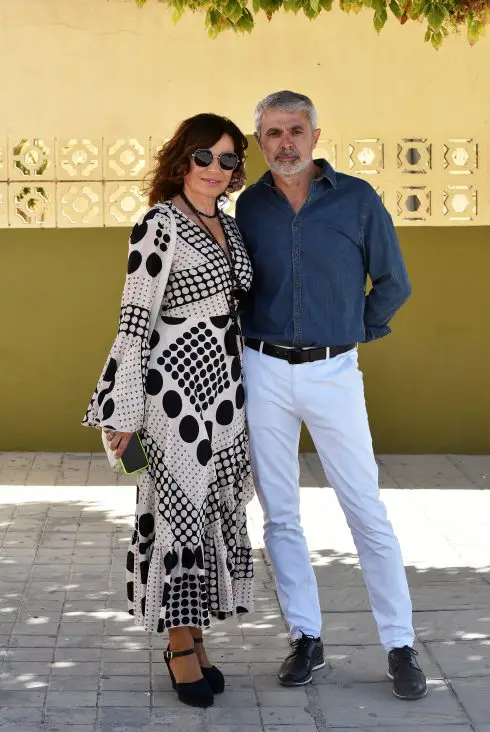
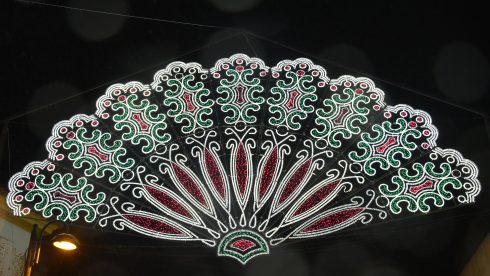
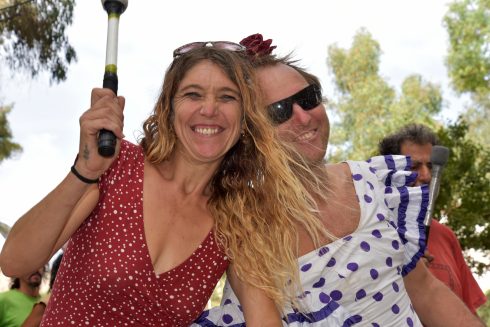
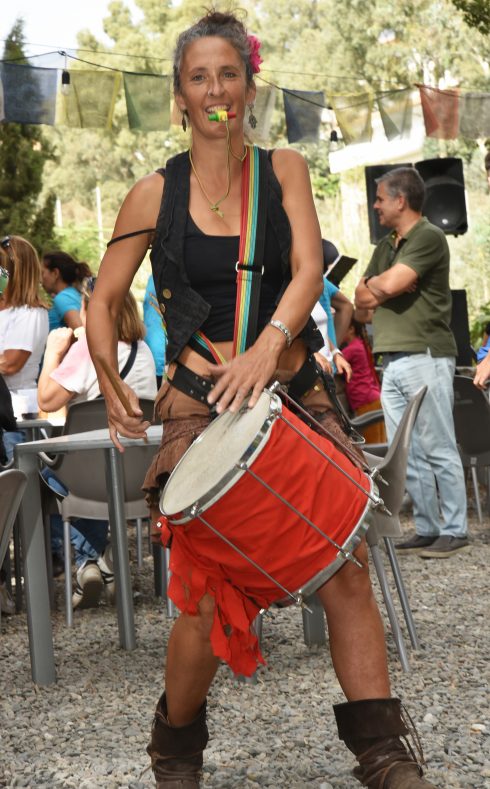
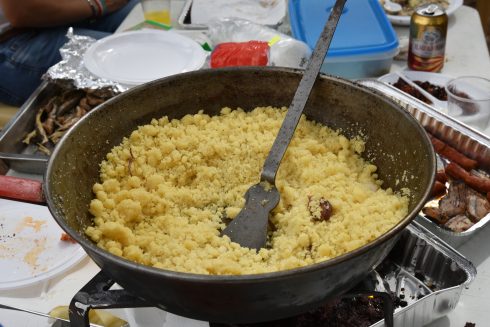
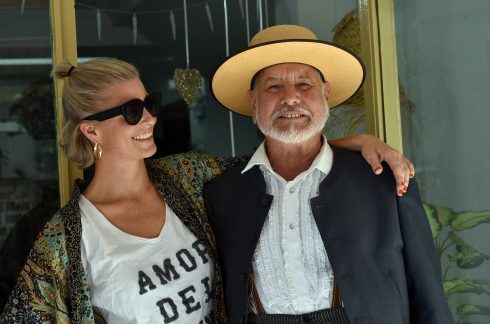
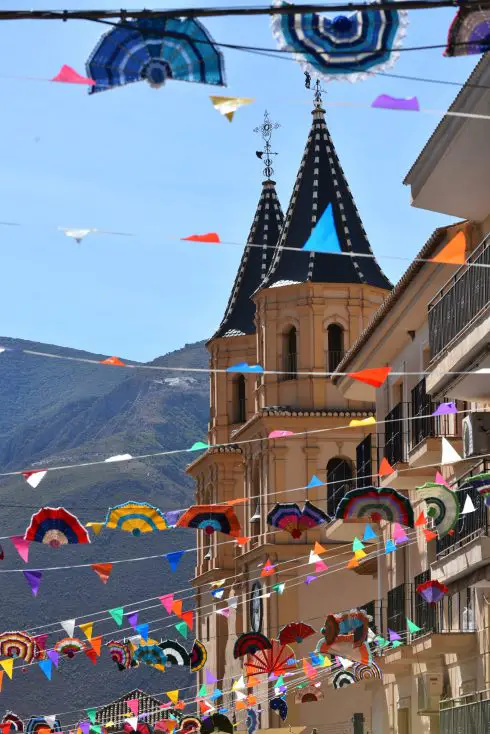
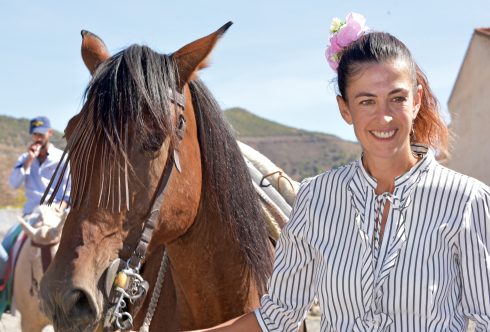
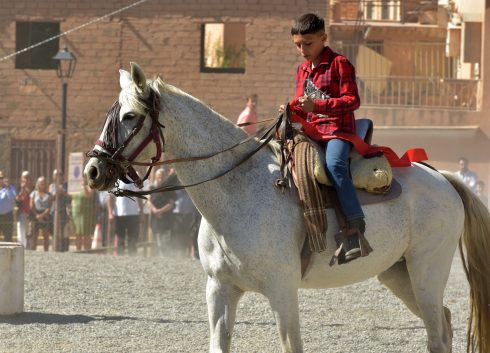
Harking back to the agricultural times, a popular event is the mass ‘migas’ cooking session on the Sunday daytime in the Rio Chico (dry riverbed). The Alpujarras’ answer to a “great bake-off”, this event reflects how the traditional dish – based on fried bread, oil, water, and flour – was a staple food for shepherds. It was called “migas del pastor” because it can be prepared anywhere on the mountain, in a pan, and the high carbohydrate content provided energy for wandering with goats on the steep terrain.
Although Órgiva feria is no longer a farming event, the Saturday morning features a ‘cintas’ race, where local equestrians attempt to grab ribbons hanging from a rope as they gallop underneath. This year, the prizes for the skilled riders who grabbed the most ribbons were awarded by mayor, Raul Orellana, who attended with his wife.
Nicholas Calland, who hails from New Zealand, and has recently returned to Orgiva, said of the feria: “I love the bumper cars, the spiny rides, the work opportunities, the people with the party float vehicles, the big stage stuff at night and when friends mount their own bars. I also love the fireworks and the rest of the noise. It’s great.”
Órgiva’s own charity album
Órgiva has its own music album, ‘NOW That’s What I Call Orgiva’, available on Bandcamp, and showcasing the “creative underbelly” of the multicultural town. Entirely the work of local artists, the 15 tracks are from diverse genres – encompassing folk, punk, drum and bass and reggae. The album was released in August and volume two is coming soon.
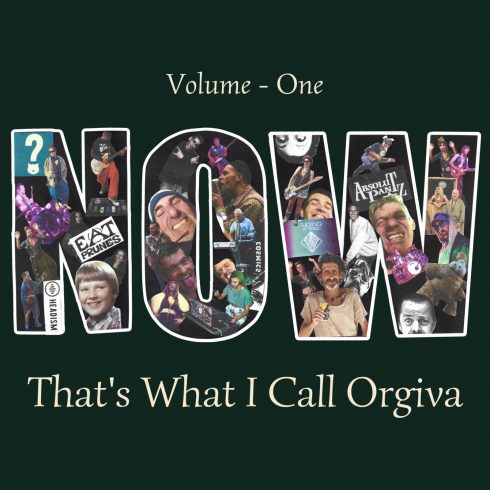
All proceeds from the album go to to the Refugee Community Kitchen (RCK), a charitable organisation that provides meals to displaced people in northern Europe.
READ MORE
Camping Orgiva is the perfect base for your visit to La Alpujarra in Spain’s Granada
Autumn in Spain’s Alpujarra region: hiking, biking, riding and other adventures
Click here to read more Granada News from The Olive Press.

